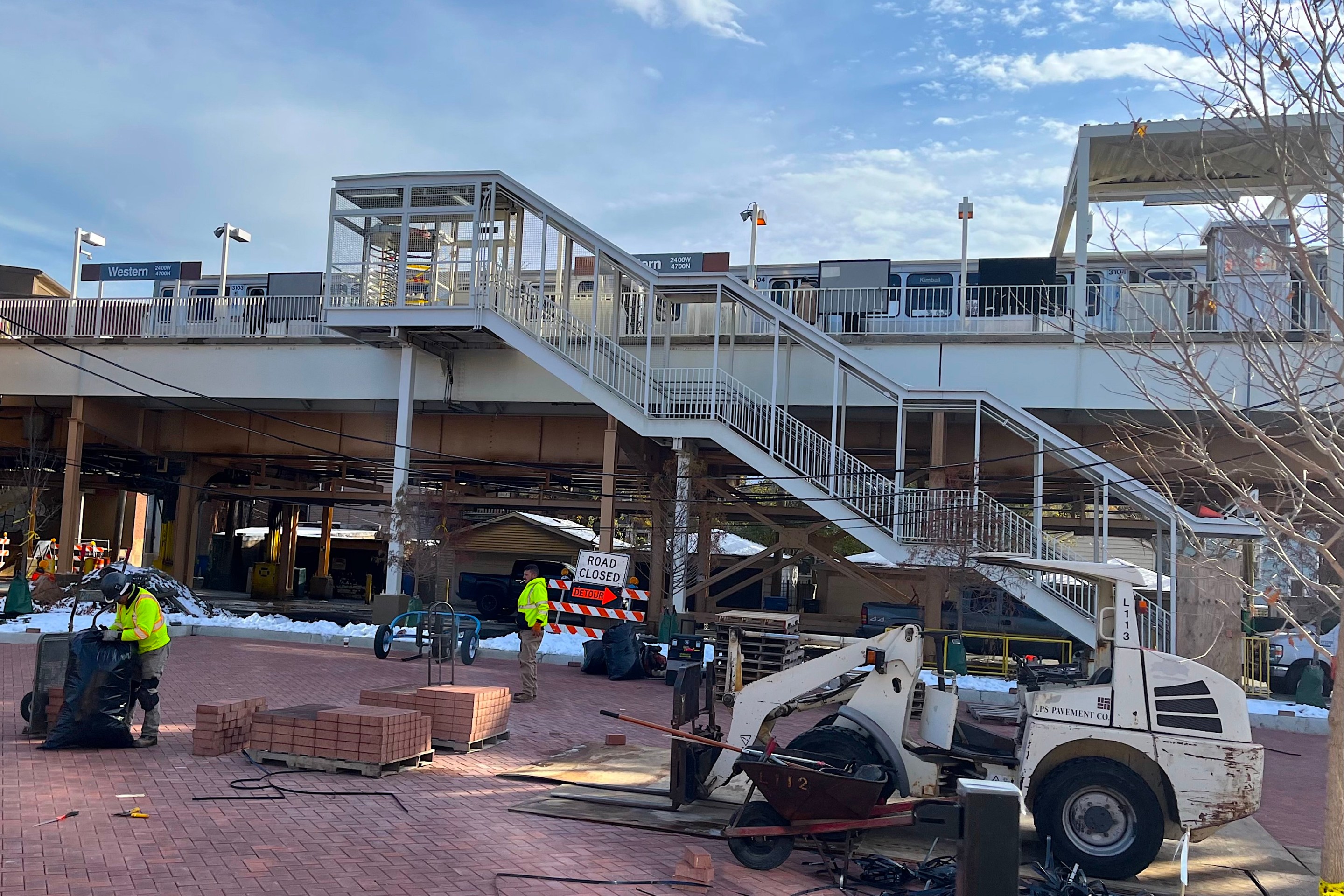New York state officials are expected to decide soon whether to rebuild and widen I-81 through downtown Syracuse or tear it down and replace it with surface streets.
Mayor Stephanie Miner has called the I-81 corridor a "dead zone" that separates Syracuse University and its environs from downtown. University officials have said it stands in the way of school expansion. The Congress for the New Urbanism named the 1960s relic as one of its "Freeways Without Futures." Even the former New York State DOT commissioner expressed support for removing the highway. But suburban business interests and politicos are opposed to removal.
Writing for the Tri-State Transportation Campaign’s Mobilizing the Region blog, Sandy Johnston says that to boost the local economy, taking I-81 down is the clear choice.
ReThink81, a coalition of planners, residents and other local stakeholders based in Syracuse, found that replacing I-81 with a boulevard would open up at least seven acres of land for potential development with almost $140 million in market value and $5.3 million in annual taxes. In contrast, rebuilding the viaduct ultimately could cause Syracuse to lose $85 million between increased taxes, significant takings of private land and buildings and depressed property values -- as well as a reduction of more than $3.2 million in yearly tax receipts. The opportunity cost of rebuilding would amount to nearly $225 million in capital lost, independent of construction costs, while the city would forgo almost $8.7 million in annual taxes.
For decades, the I-81 viaduct has hindered the region’s overall economic growth by cutting off downtown Syracuse from University Hill and preventing development in a high-value area. The economic benefits are neither fuzzy nor hard to understand.
Elsewhere on the Network today: Greater Greater Washington on the fixes needed to get the H Street streetcar running, and Broken Sidewalk says Louisville planners should brush up on their Jane Jacobs.






